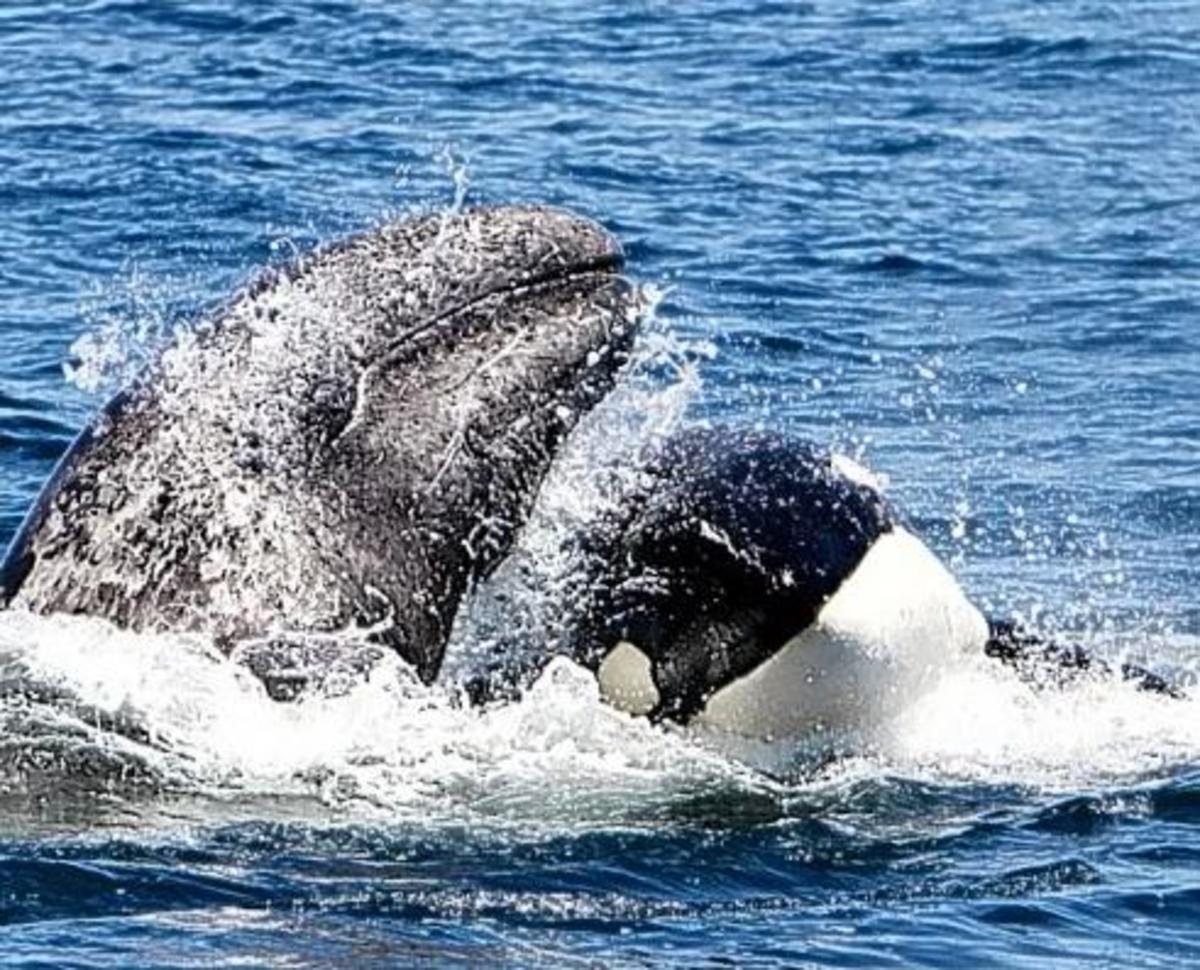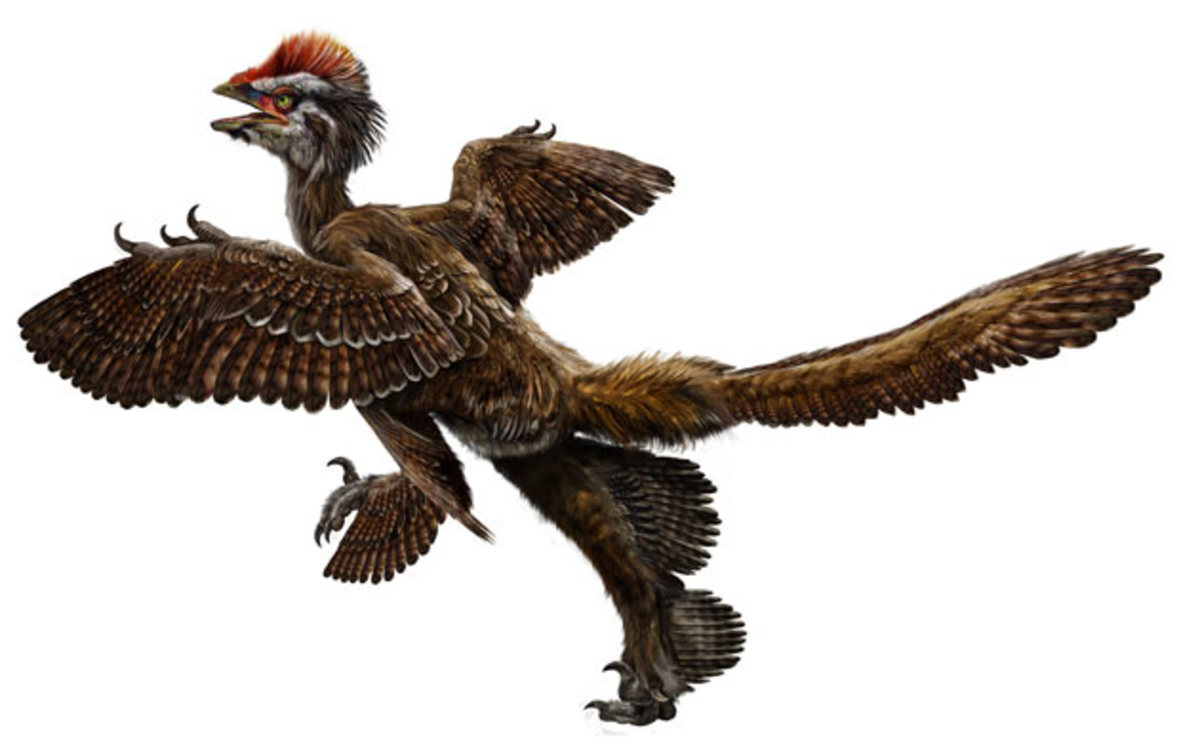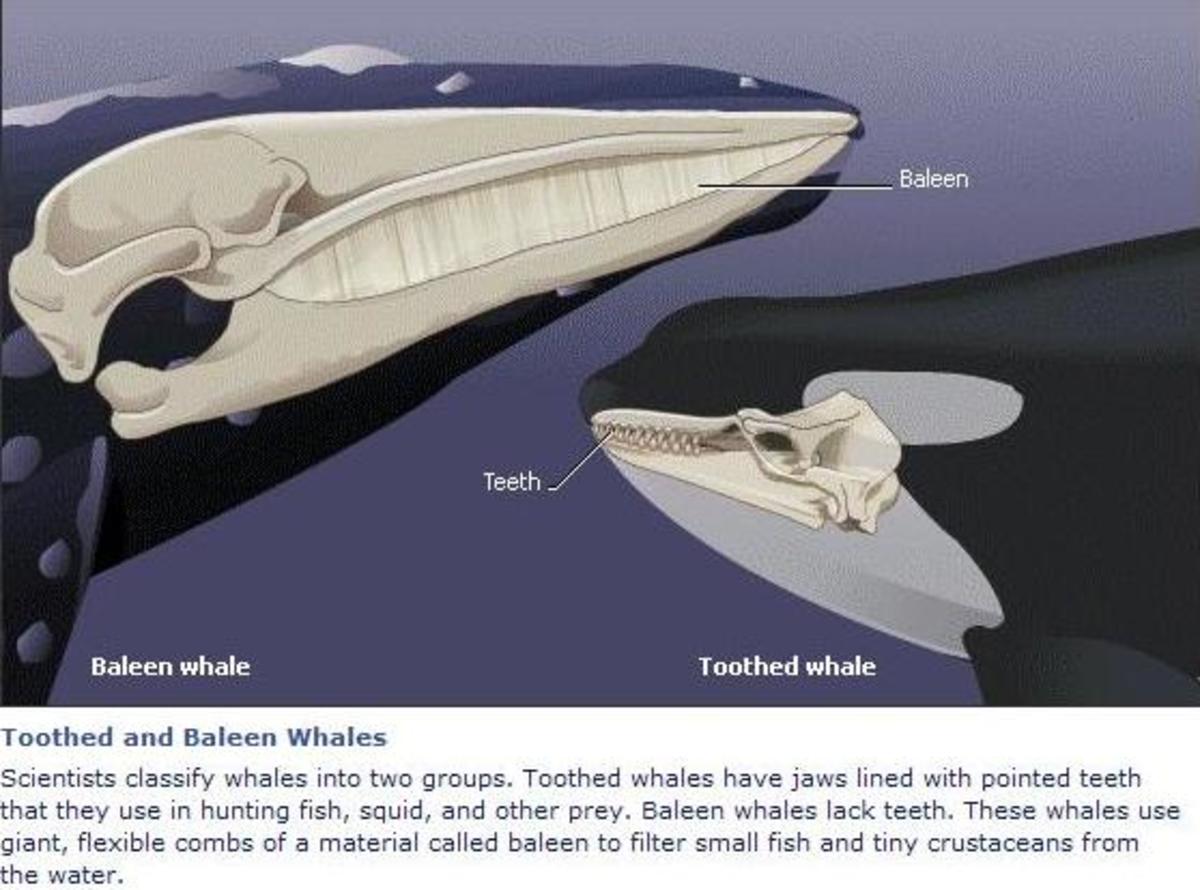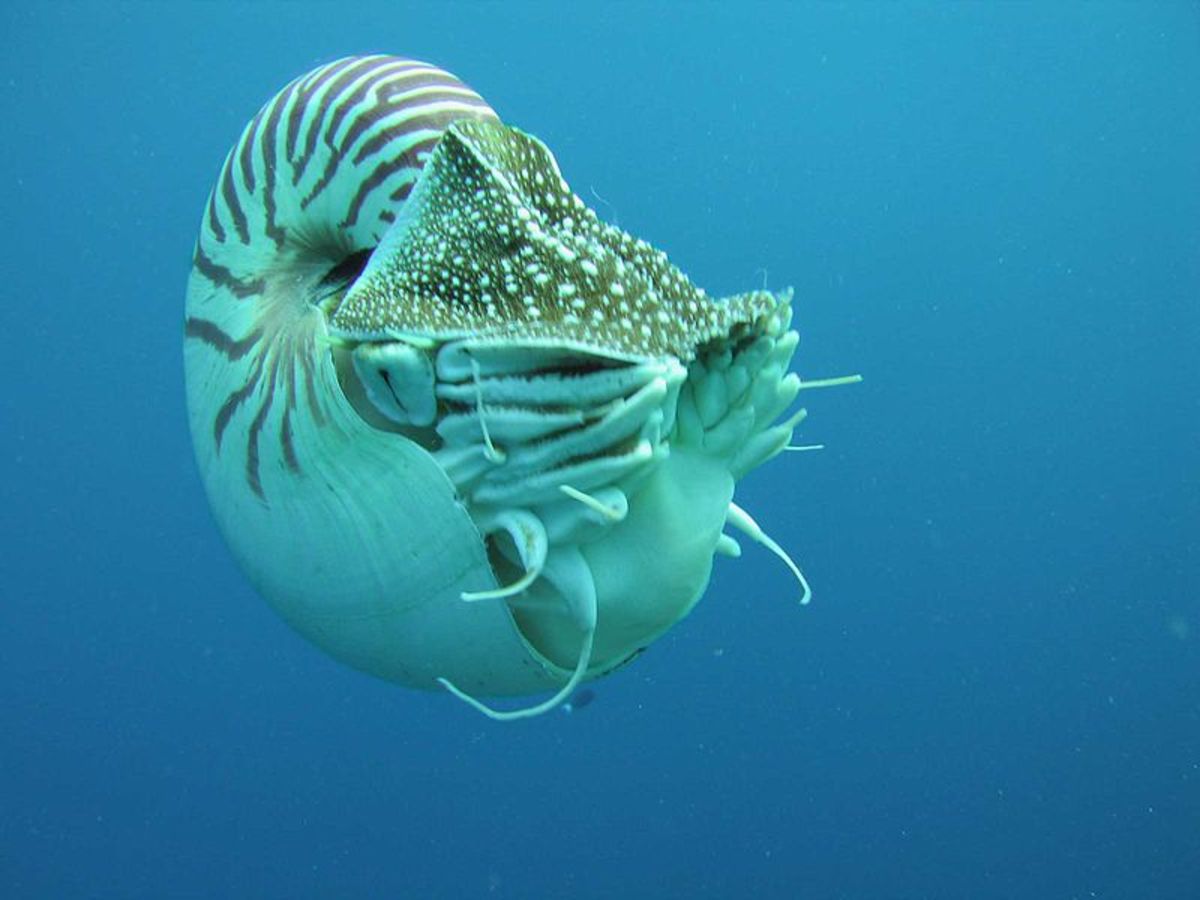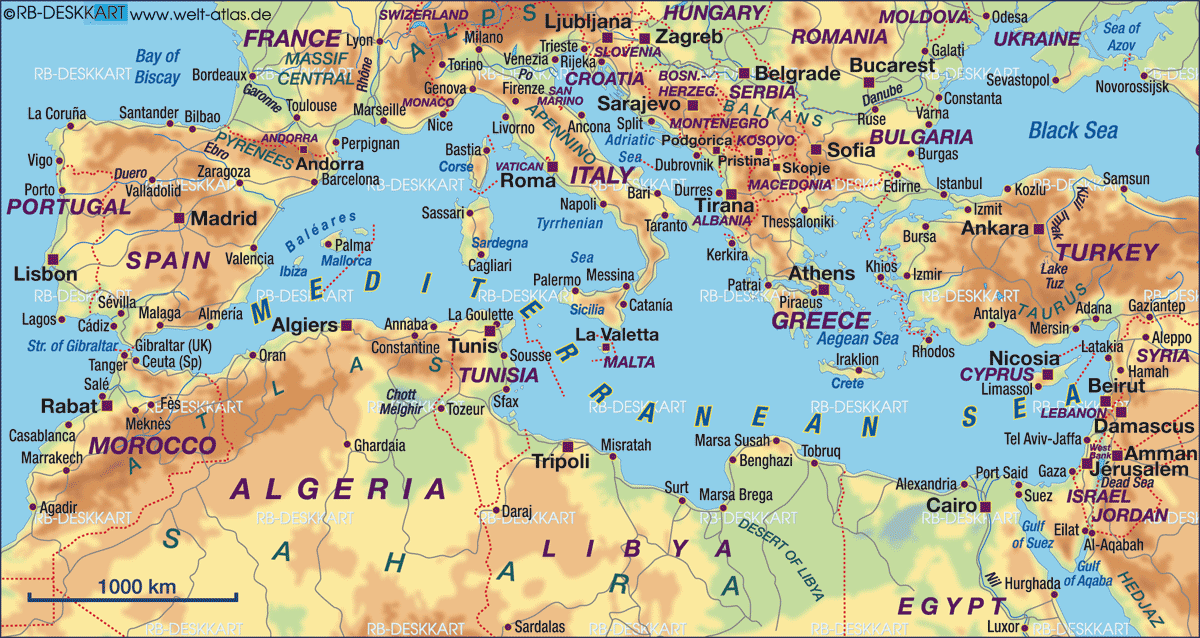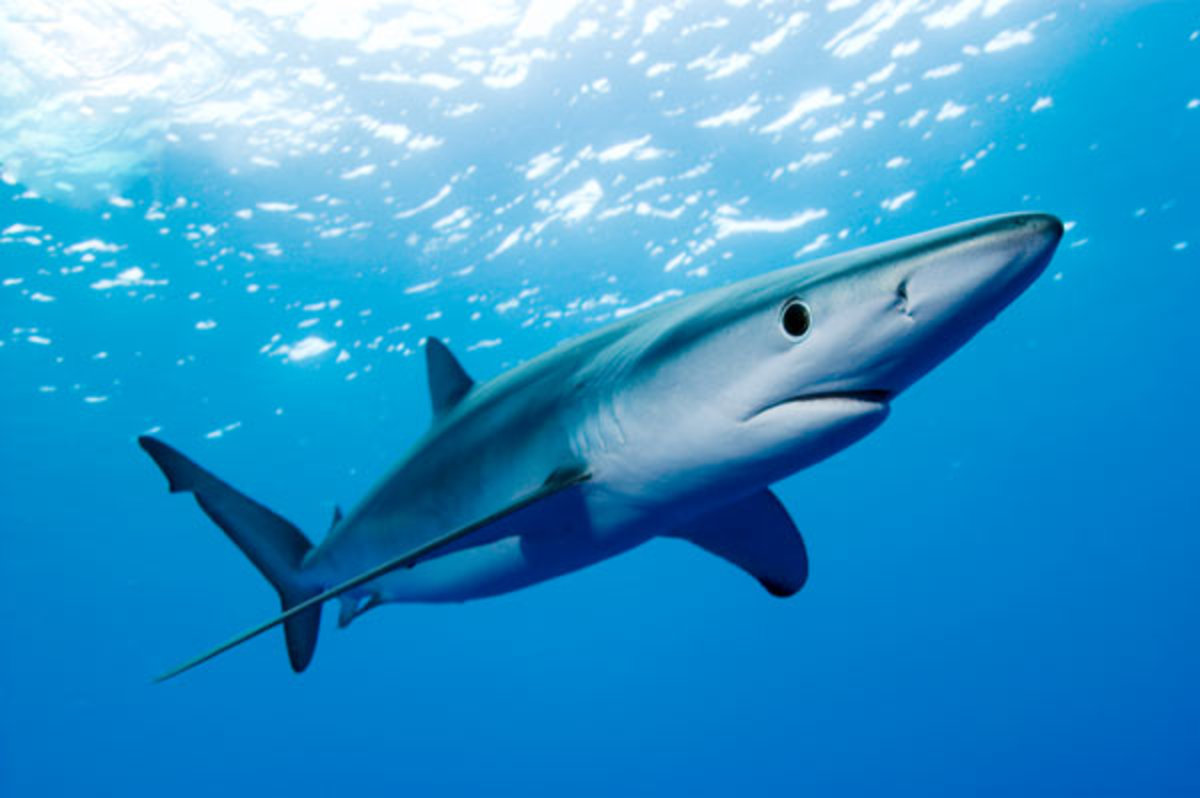- HubPages»
- Education and Science»
- Life Sciences»
- Marine Biology»
- Marine Life
Early Dinosaurs vs: Blue Whales: Which is Bigger?
Mankind is the whale's - and his own - greatest enemy


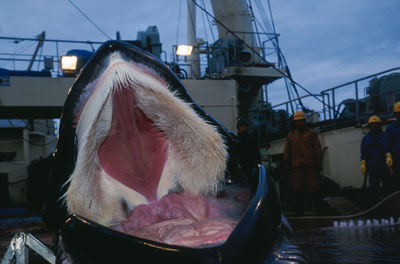


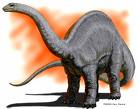
Football-Sized Sauropod Eggs Found!
JAPANESE ILLEGAL WHALING STILL IN SOUTHERN OCEAN.
Evolution’s Majestic Triumph: The Blue Whale.
It’s strange when one realizes that the largest mammal - actually the largest of any species - that ever lived is still alive. Most readers will realize this is the Blue Whale, a leviathan that weighs up to 180 tons, is over 100 feet long and lives for at least 80 years (exact ages not recorded). This is even more amazing when we take into account that about 99% of all species that have ever evolved, are extinct today. The millions we are left with: mammals, birds, insects and plants, add up to what is just 1% of the sum of the creatures which have ever lived. Some with us today have been here since close to the beginning of life’s formation and have survived cataclysmic climatic conditions, strikes from meteors and asteroids, volcanic eruptions, floods, ice ages, diseases, man’s predation and all the rest. And the largest creature of all, the Balaenoptera Musculus, which we might have though one of the most vulnerable, is here today and even on the increase, although that might be a temporary success due to man‘s quirkiness as regards whaling. (The twit who first thought of calling all the species in the world by Latin names should have been tied down on a formicidae hill, the cunnus!).
Blue whales have only one predator besides man and that’s the Orca Gladiator, the killer whale and they have a tough job with Blue Whales which can swim at more than 30 miles-per-hour, passing through the ocean like a nuclear submarine. Orcas do injure many whales of all species, although the toothed whales, like the Sperm, can fight back to a certain extent. Older Blues carry many scars from Orca attack. They have been killed and injured crashing into large ships where they might have been confused, with the engine and propeller noise drowning-out their own “song,” an otherworld chorus that reaches 190 decibels and can be heard across oceans by other whales, although human ears cannot pick up the sounds below about 20hz. (That means we can record them, but we still can never hear them when played-back).
Blue Whales have been internationally protected since 1966 when they were on the verge of extinction. We are told there may be 5,000 to 12,000 world-wide, mostly in loosely formed groups. Before whaling began, their numbers ran into the millions with 300,000 recorded in the Antarctic alone.
Blue Whales are Roquals, a species that include the Minke, Humpbacks, Fin, Sei, Bryde’s and a few more. They began diverging from ancient whales in the Oligocene period. They are Baleen Whales and can only eat tiny crustacean, such as krill, of which they tuck into 40 million per day. They achieve this by “Lunge Feeding,” opening their huge mouths and sieving the krill past their curtain-like, hanging baleen filters; each gargantuan mouthful of krill and water can weigh 90 tons!
Everything about the Blue Whale is on a grand scale. Its tongue weighs 2.7 tons, its heart, 1300 kilos. A calf takes in 100 gallons of milk daily until about 7 months old. That would take more than 20 cows to supply. The calf itself weighs 6,000 pounds at birth, after a year’s gestation, about the same as an adult hippo. The whales may live for more than 100 years - the estimate based on the only studies available are 80 years.
There is some fossil evidence to suggest enormous land animals also lived. The Arginosaurus weighed-in at around 90 tons, the Amphicoelias maybe 122 tons, and the breathtaking Brunathkayosaurus is said to be possible 220 tons! How would you like to meet one of those while coming home from the pub? Then there is an extinct fish, the Leedsichettys, that was said to exceed 100 tons.
This from Reuters News Agency:
CHENNAI, India - Geologists have found a cluster of fossilized dinosaur eggs, said to be about 65 million years old, in a village in the southern Indian state of Tamil Nadu, according to media reports.
"We found layer upon layer of spherical eggs and body parts of dinosaur and each cluster contained eight eggs," M. Ramkumar, a geologist at Periyar University who led a survey team, said Thursday, according to The Hindu newspaper.
The eggs, about 13-20cm (5-8 inches) in diameter and lying in sandy nests about 1.2m wide (4 feet), were discovered during a study funded by Indian and German scientific institutions.
The clusters were under ash from volcanic eruptions on the Deccan plateau, (see my hub on volcanoes), which geologists said could have caused the dinosaurs to become extinct.
Reports also say these are Saurod eggs, about the size of a football. Sauropods were some of the largest creatures ever seen on land. In fact, the spine of the Amphicoelias, mentioned above, at 200 feet long, is actually longer than that of our Blue Whales.
These creatures were around in the Late Triassic and were followed by the mighty Titanosaurus. Sketchy evidence exists that there was even larger creatures among these species, such as those mentioned previously herein, weighing close to 200 tons.
A modern day Savannah elephant weighs a “mere” 10 tons!
The nesting site was found along the banks and bottom of streams in the Cauvery river basin, containing clusters of fossilized eggs, dung and bone remains of dinosaurs.
"Occurrences of unhatched eggs in large numbers at different stratigraphic levels indicate that the dinosaurs kept returning to the same site for nesting," Anbarasu, another survey team member, said.
The researchers have requested local officials to cordon off the site since a similar discovery in northern India led to a plunder of the fossils.
Also found locally were the fossils of five ancient winged dinosaurs which scientists are speculating are the “missing link” between dinosaurs and birds.
Illegal Japanese Whaling in Southern Ocean.
In recent months the Sea Shepherd Whale Protection Group on the ship Steve Irwin, confronted a Japanese “mother ship” for processing whale carcasses, and harpoon vessels, illegally seeking whales in Australian national waters. (AGAIN!).
This business has been condemned roundly by every nation except Japan and New Zealand (the latter surprisingly).
The Japanese tried to cast slurs on the large Sea Shepherd ship and crew, lying as usual. (see story and videos on Google). These disgusting people will use ever trick under the sun to be able to continue to slaughter hundreds of whales every year. The Sea Shepherd, (SS Steve Irwin), Captain Paul Watson and the dedicated crew are to be commended from what is no less than a minor war going on in defence of the whales. Captain Watson has said he will not watch a whale die, to the extent of ramming the whaler concerned, (which he has done before).
I say more power to him and all who fight for the life and safety of whales, a mammal with the probable equal intelligence of ourselves. ( and a lot more sane!).
.

